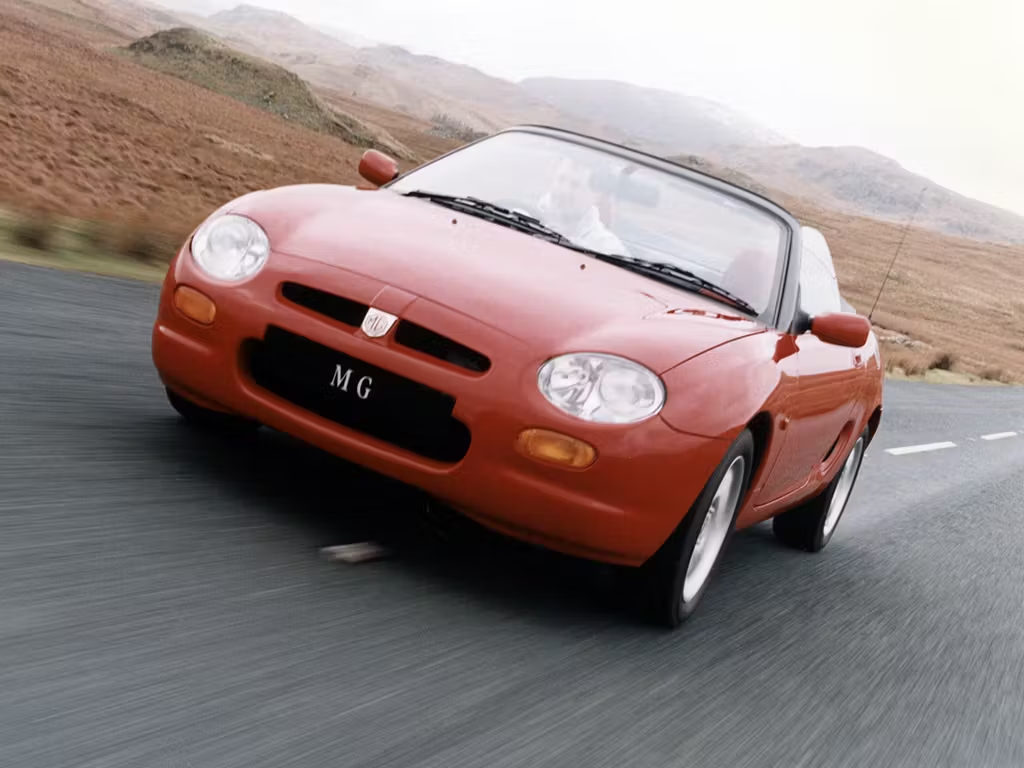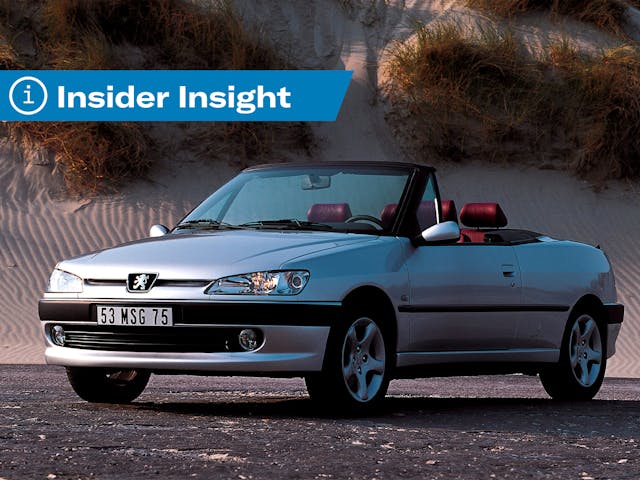Media | Articles
Affordable fun is out there—but you may need to go to Europe
These are not the easiest times for collector-car bargain hunters. Values have risen sharply and broadly since the beginning of the pandemic, and there’s no sign yet that things will let up. In my recent search for a TVR S1, however, I discovered that pockets of low prices do still exist. In fact, this is one of the best times in recent memory to go car shopping in Europe.
The European Central Bank’s reluctance (in comparison to the Fed’s enthusiasm) for raising interest rates is one of the reasons why the Euro has fallen precipitously against the dollar over the last several months. At the moment, the Euro is only worth about 5 percent more than the dollar, as opposed to the more customary 15 to 20 percent.
Euro-fishing isn’t just for the well-heeled. Buying something interesting, and getting it shipped here for an all-in price of around $10,000 is actually possible, particularly if you live close to an East Coast port.
Where to look, and what to look at
Autoscout24.com is the leading car-listing platform in Europe. You can thank me in advance of watching your spare time disappear into this virtual black hole. Most of what you’ll find will be located in Germany, France, Spain, Italy, Holland, and Belgium, and offerings are split about 50/50 between dealers and private parties. Since the United States has a firm rule barring importation of almost anything that is less than 25 years old, you’ll want to set your search parameters accordingly. Keep in mind that the Feds go by date of production rather than by model year.

The ’90s nostalgia wave hasn’t hit Europe hard yet, so consequently, there’s still an abundance of cheap fun there. That cheap fun probably doesn’t get much cheekier than a Fiat Barchetta. Think of the Barchetta as Italy’s answer to the Mazda Miata. Sadly, it isn’t rear-wheel-drive like a Miata, and while Fiat may not have been aces in either the reliability or rust-proofing department, it’s always known a thing or two about making front-wheel-drive cars handle well.
Marketplace
Buy and sell classics with confidence
The Barchetta is no exception. With about 130 hp and weighing 2300 pounds, it’ll do 0-to-60 in about eight seconds and top out at 124 mph. As you’d expect from the Italians, it’s a bit more stylish inside and out than a Miata. Prices have recently risen slightly but remain reasonable—expect to spend $3500 to $5500 for a decent driver. Bright colors usually command more. Will it break more often than a Miata? Undoubtedly. Will parts be more challenging? A bit, but that’s what the internet is for. There are vendors in the U.K. if the language barrier scares you, but most of the Italian parts sites have English versions too. For around $10,000 you can have the only one in your zip code, and probably the surrounding counties as well.

Fancy a mid-engine two seater? The next target is really interesting. Most Americans think that MG joined the automotive fossil record around 1980, but that’s only partially true. They took a permanent vacation from America, but only about a ten-year hiatus from sports cars.
The MGF was a mid-engine two-seater with a shall we say, unique style, looking almost like a cross between a Dodge Neon and a Porsche Boxster. Powered by a Rover K-series 1.8L engine, its modest performance is in line with the NA Miata. It’s beautifully balanced and nowhere near as finicky as a 1960s MG. Most MGFs are right-hand drive, as they were primarily built for the U.K. market, but a decent number were imported to Continental Europe and have the steering wheel on the left. Pricing is similar to the Fiat.

Perhaps you’re seeking something that’s still sporty but has a bit more room than our first two examples. Check out a Peugeot 306 Cabriolet, a 2+2 with handsome Pininfarina styling. Available with several four-cylinder fuel-injected engine choices making up to an impressive 163 hp, they’re cheap family fun and priced similarly to the above two-seaters.

If you’re looking for a more familiar badge, consider the Ford Escort. Ford’s entry-level econobox had a lot more credibility in Europe, where it was an almost completely different car. In XR3i form, it competed against the Volkswagen Golf GTI. While higher-horse XR3i versions are mostly out of this article’s price range, it’s not impossible to find an inexpensive one. The mid-range Ghia editions with about 115 hp still offer a lot of fun per dollar, and you can even find European Escorts in convertible form. No matter which one you buy, you’ll have fun puzzling blue oval fans at cars and coffee.
Logistics
Arranging a pre-purchase inspection will be more of a challenge than it would be stateside, so you may have to rely on photos or see if you can arrange a video walk around of the car. If you’re working with a dealer, ask to get the car up on their lift and document as much of the car as possible. There is a certain element of trust involved when you can’t see a car for yourself. That said, most European countries have far more rigorous road-inspection requirements than U.S. states. If you’re buying a German car with a recent TüV (a national vehicle-inspection certificate) you can be pretty much assured that the car is in good mechanical order. Paying for the car will also involve some nerve, as you’ll be wiring money to a stranger in another continent. Research dealers and understand their reputations in the marketplace—that will give you the best peace of mind.
Getting a Euro-market car here isn’t terribly difficult. CARS Europe is one of several companies that are capable of securing transport and completing the necessary documents for $3000 to $4000 plus port fees and a 2.5 percent U.S. import duty. (For more on the logistics and potential pitfalls of importing a European car, read here.)
My recent experience importing a 1988 TVR S1 was thankfully devoid of nightmares, including picking it up at the notorious Port of Newark. I was able to follow the car’s progress across the Atlantic on the Marine Tracker app, and two days after it landed in New Jersey, it was cleared by Customs and available to take home.
The staff at the port was brusque but businesslike. The car was relatively clean from the journey, the battery had a charge, and the keys weren’t missing. I showed my paperwork at the gate, and hyper-miled the car to the nearest gas station (cars are shipped with little more than fumes in the tank). Minutes later, filled up with good 10 percent ethanol American fuel, I was headed south on the New Jersey Turnpike with Alabama 3’s “Woke up This Morning” playing on the CD player, a la the Sopranos. I’d happily do it again. Maybe next time it’ll be a rear-wheel-drive, manual transmission Benz or BMW wagon.
***
Rob Sass is the Editor-in-Chief of Porsche Panorama, the official publication of the Porsche Club of America. The opinions stated are his, and not necessarily those of the Club.







